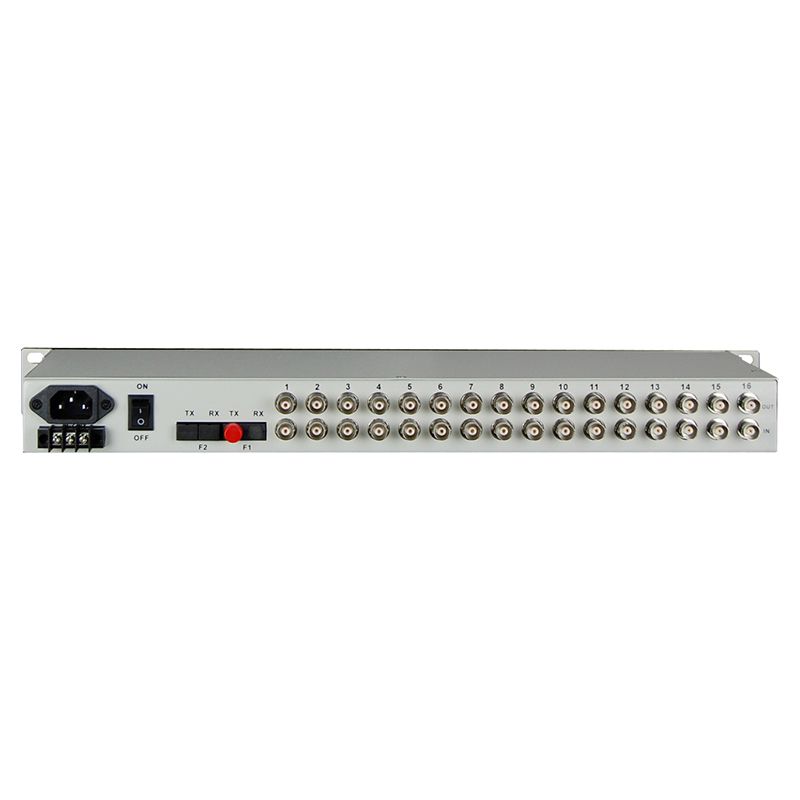The difference between optical transceiver and fiber optic transceiver:
The transceiver only performs photoelectric conversion, does not change the code, and does not perform other processing on the data. The transceiver is for Ethernet, runs the 802.3 protocol, and is only used for point-to-point connections.
In addition to the work of photoelectric conversion, optical transceivers also need to multiplex and demultiplex data signals. Usually optical transceivers come out of multiple pairs of E1 lines. SDH, PDH optical transceivers are mainly used in telecom operators to provide multi-point-to-point data circuits; video optical transceivers are mainly used in security monitoring, distance education, video conferences and other fields that require high timeliness of video transmission. Transmission control, switching, voice, Ethernet and other signals to meet the needs of multi-service applications,
In general, the optical fiber transceiver converts the user’s electrical signal into an optical signal for transmission, while the optical transceiver generally converts the E1 signal into an optical signal
Post time: Oct-13-2022






